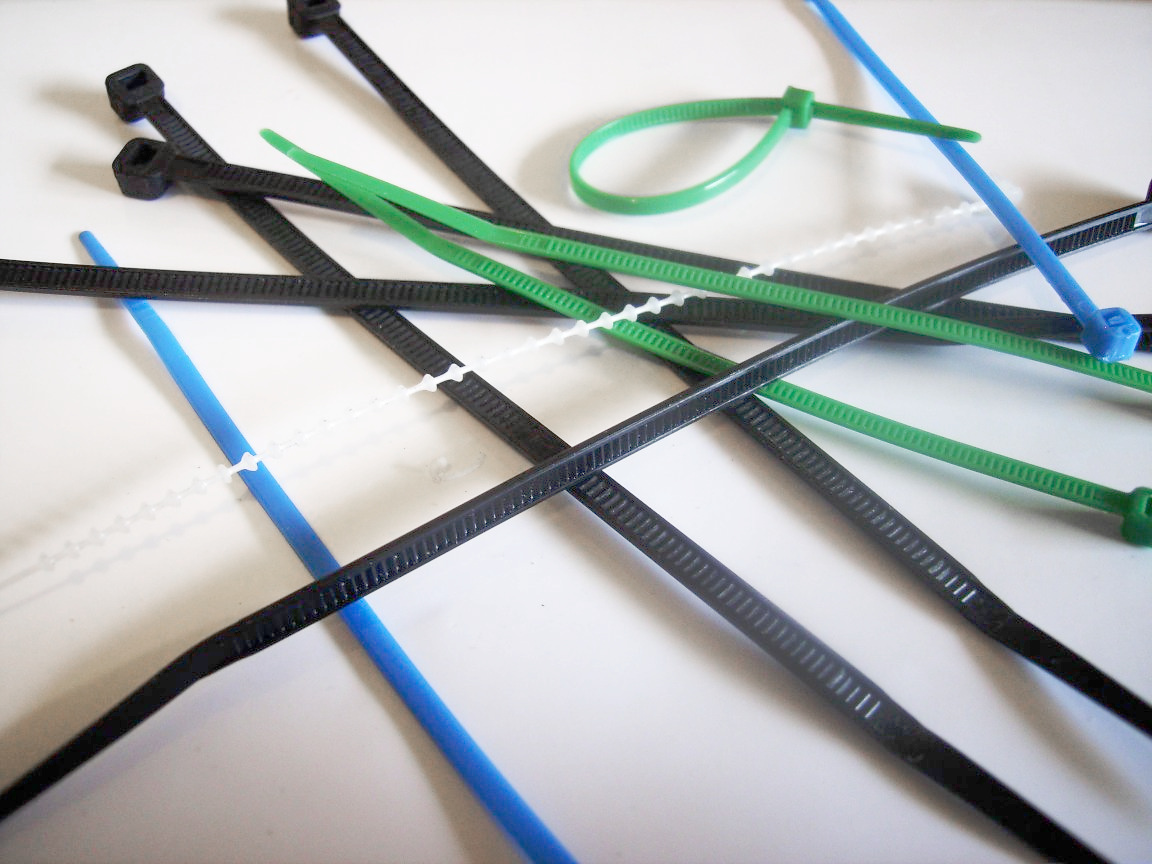C o m f o T e c h
"With just one click, you will be comfortable in your whole life."
Wednesday, January 14, 2015
History of Computer Networking
A computer network, or simply a network, is a collection of computers and other hardware components interconnected by communication channels that allow sharing of resources and information. Today, computer networks are the core of modern communication. All modern aspects of the public switched telephone network (PSTN) are computer-controlled. Telephony increasingly runs over the Internet Protocol, although not necessarily the public Internet. The scope of communication has increased significantly in the past decade. This boom in communications would not have been possible without the progressively advancing computer network. Computer networks, and the technologies that make communication between networked computers possible, continue to drive computer hardware, software, and peripherals industries. The expansion of related industries is mirrored by growth in the numbers and types of people using networks, from the researcher to the home user.
Friday, August 15, 2014
Tools for PC Assembly
Standard Screw Driver Set
A suitable standard screwdriver set should include between 10 and 20 screwdrivers in different sizes and styles. Be sure to include flathead and Phillips head screwdrivers as well as any specialty screwdrivers needed for computer equipment. Torx and hex screwdrivers are not typically required for PC assembly.
Jewelry Screwdriver Set
A jewelry screwdriver set is similar to a standard set, but the screwdrivers are much smaller. These jeweler screwdrivers are intended for use with very small screws and offer more precision than standard screwdrivers. They are especially useful when working on the inner elements of a personal computer.
Pliers Set
A standard set of pliers should include cutters, standard pliers and needle nose pliers. It may also be useful to keep pliers in different sizes on hand to tackle different types of projects.
Utility Scissors and Knife
Utility scissors and utility knives are useful and should always be kept on hand. Use utility scissors to open sealed packages and boxes of new equipment. Use box cutters or utility knives to break seals on packages and to open blister packaging.
Needle-Nosed Pliers
Very small needle-nosed pliers are very handy for removing and inserting jumpers on motherboards and hard drives. (A pair of tweezers or surgical forceps also works well for this purpose.)
Cable Ties
Plastic cable ties are useful for neatly bundling wires and cables away from fans and other components inside the computer. If you can't find them, electrical tape is an acceptable substitute.
Anti-Static Wrist Wrap
This is a little elastic strap connected to a wire with an alligator clip on the other end. The alligator clip is attached to a metal part of the computer chassis, and the elastic band slipped around your wrist. Better-quality anti-static kits also include a rubberized mat that connects to the wire and is placed under the computer being worked on. This provides extra static protection, and also protects your tabletop from scratches.
Heat Sink Compound
This is usually included with processor fans, but may be purchased separately. It is applied neatly to the area where the processor contacts the heat sink to improve cooling efficiency. (Some heat sinks have the compound "built-in" behind a little peel-off label.)
Canned Air or Canless Air
Compressed air is used to blow dust out of the nooks and crannies of your computer. Never blow into a computer with your lips to remove dust. Your breath contains too much moisture (and maybe other things depending on what you ate for dinner).
Pill Bottle
You'll need a pill bottle or other small container to hold the various screws, jumpers, and other small parts used to assemble and configure a homebuilt computer.
Subscribe to:
Posts (Atom)




